How do I unlock your company's chip quickly?

How do I unlock your company's chip quickly?
| Microcontroller Series | MSPM0 |
|---|---|
| Core | Arm Cortex-M0+ |
| Flash Memory | 128 KB |
| Max Clock Frequency | 80 MHz |
| Communication Interfaces | UART, SPI, I2C |
| Package Type | LQFP |
| Operating Voltage | 1.62 V to 3.63 V |
Details on the CPU core, frequency, and operating voltage/temperature range.
Information on flash/SRAM, ADCs, DAC, op-amps, and amplifiers.
Covers timers, communication interfaces, clock system, and security features.
Includes development tools, package types, and family member variants.
Visual representations of pin assignments for different package types.
Table describing the function and availability of each pin across packages.
Detailed descriptions of all available peripheral signals and their pin mappings.
Guidance on proper termination for unused device pins.
Defines the stress limits beyond which device damage may occur.
Specifies electrostatic discharge protection levels for device handling.
Defines the voltage, temperature, and frequency ranges for reliable operation.
Supply current data for RUN and SLEEP modes at different MCLK frequencies.
Supply current data for STOP and STANDBY modes at different ULPCLK frequencies.
Details on POR and BOR voltage levels, hysteresis, and delay parameters.
Parameters and accuracy for the internal system oscillator.
Specifications for the low-frequency internal oscillator.
Characteristics of the phase-locked loop for frequency synthesis.
Defines voltage levels, hysteresis, and leakage for digital I/O.
Specifies output frequency and rise/fall times for digital I/O.
Defines ADC input voltage, resolution, current, and reference parameters.
Details minimum supply voltage and output voltage characteristics for VREF.
Defines input range, hysteresis, delay, and current for comparators.
Specifies voltage and current requirements for the DAC.
Defines common mode range, gain, noise, and slew rate for GPAMP.
Specifies enable, disable, and settling times for the GPAMP.
Defines common mode range, quiescent current, and noise for OPAs.
Specifies enable, disable, and settling times for the OPAs.
Provides gain characteristics and resistance values for the programmable gain amplifier.
Defines clock frequency, hold times, and setup times for I2C communication.
Specifies parameters for the input filter used to suppress spikes in I2C signals.
Defines SPI clock frequency, duty cycle, and data timing parameters.
Illustrates timing for SPI communication in controller mode.
Specifies current consumption for the TRNG module.
Defines the clock frequency for the SWD debug interface.
Describes the ARM Cortex-M0+ CPU core, its features, and sub-systems.
Explains the five device operating modes for power optimization.
Details the PMU's role in supply monitoring and power management.
Details the address ranges for code, SRAM, and peripheral memory regions.
Shows a basic application schematic with recommended external components.
Guides for beginning development with MSPM0 MCUs.
Explains the naming convention used for MSP MCU devices.
Lists available development tools, IDEs, and software kits.

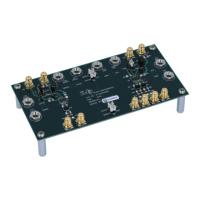
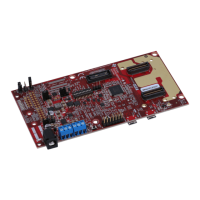
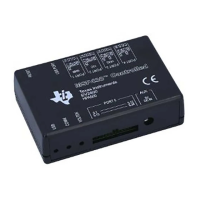
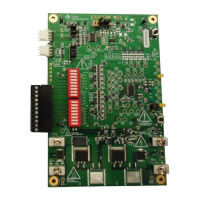


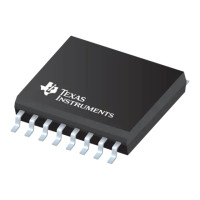
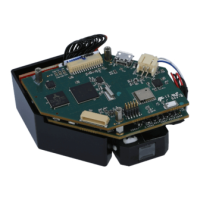
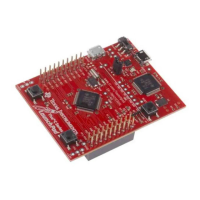
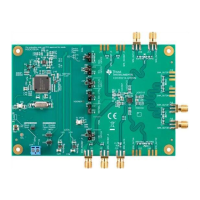
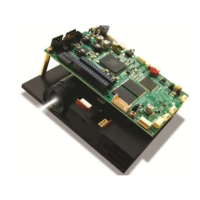
